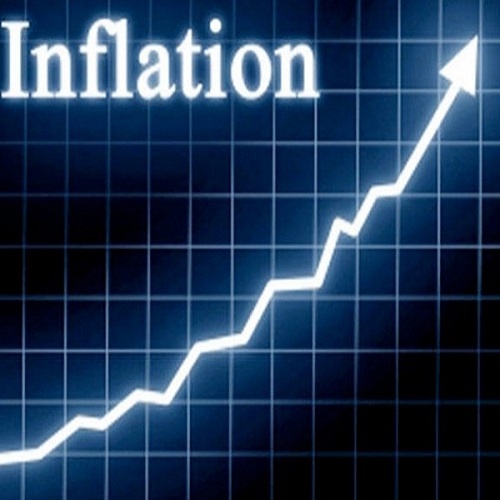New Delhi [India], July 16 (ANI): In June, food inflation surged significantly, lifting the overall Consumer Price Index (CPI) inflation to 5.1 per cent, up from 4.8 per cent in May.
According to CRISIL report, the increase in food prices, particularly vegetables, cereals, milk, and fruits, has been a significant contributor to this uptick.
Despite a supportive base effect from last year, food inflation soared to 9.4 per cent, driven primarily by the persistent high prices of vegetables, which have remained in double digits for eight months.
Vegetable inflation remains a major concern, reaching 29.3 per cent in June, up from 27.4 per cent in May. The increase was broad-based, affecting both TOP (tomatoes, onions, potatoes) and non-TOP vegetables.
TOP inflation surged to 48.4 per cent, led by onions (58.5 per cent vs. 38.1 per cent) and potatoes (57.6 per cent vs. 55.3 per cent). Despite an on-month uptick in prices, tomato inflation eased to 26.4 per cent from 41.3 per cent, owing to the high base of last year.
Non-TOP vegetables saw inflation harden to 19.7 per cent from 18.8 per cent, driven by leafy vegetables, brinjal, lady’s finger, and pumpkin.
Foodgrain inflation remained rigid at 10.2 per cent, though slightly lower than the previous month. Cereals inflation inched up to 8.8 per cent from 8.7 per cent, mainly due to non-PDS wheat (6.7 per cent vs. 6.5 per cent).
Pulses inflation eased slightly to 16.1 per cent from 17.1 per cent, with arhar dal inflation declining sharply to 26.9 per cent from 32.1 per cent, while other pulses such as masur (0.9 per cent vs. -0.1 per cent) and split gram (18.5 per cent vs. 14.8 per cent) saw a rise.
Milk inflation rose for the first time in 13 months due to a price hike by major producers (3 per cent vs. 2.6 per cent). Edible oils inflation continued to log lower disinflation for the fifth consecutive month (-2.7 per cent vs. -6.7 per cent).
Spices inflation softened for the 10th straight month to 2.1 per cent from 4.3 per cent.
Fuel prices fell by 3.7 per cent year-on-year in June, remaining in deflation for the 10th consecutive month. The decline was primarily due to global oil prices being under pressure and government subsidies for LPG, which kept fuel inflation negative. Prices of liquefied petroleum continued to deflate in June (-24.8 per cent).
Electricity inflation moderated to 8.8 per cent from 10.9 per cent, owing to a supportive base, while inflation in firewood and woodchips inched up to 2.7 per cent from 2.6 per cent.
Non-food inflation eased for the 17th straight month, sliding to a record low of 2.3 per cent. Core inflation, the dominant part of non-food inflation, remained unchanged at a record low of 3.1 per cent.
Services inflation eased by 10 bps to a record low of 2.9 per cent, while core goods inflation was steady at 3.2 per cent. Personal care and effects saw inflation harden to 8.2 per cent from 7.7 per cent, with gold prices rising 19.7 per cent (vs. 18.2 per cent in May).
Inflation in education slid to 3.6 per cent from 4.1 per cent, driven by softer inflation in tuition fees (3.9 per cent vs. 4.3 per cent).
Rural inflation rose to 9.2 per cent from 8.6 per cent, while urban inflation was relatively stickier, rising by 20 bps to 8.8 per cent. Fuel inflation was lower in rural areas (-0.8 per cent) compared to urban (-7.7 per cent), and core inflation was higher in rural areas (3.3 per cent vs. 3 per cent). Thus, rural residents faced a higher inflation burden than their urban counterparts across income classes. (ANI)












